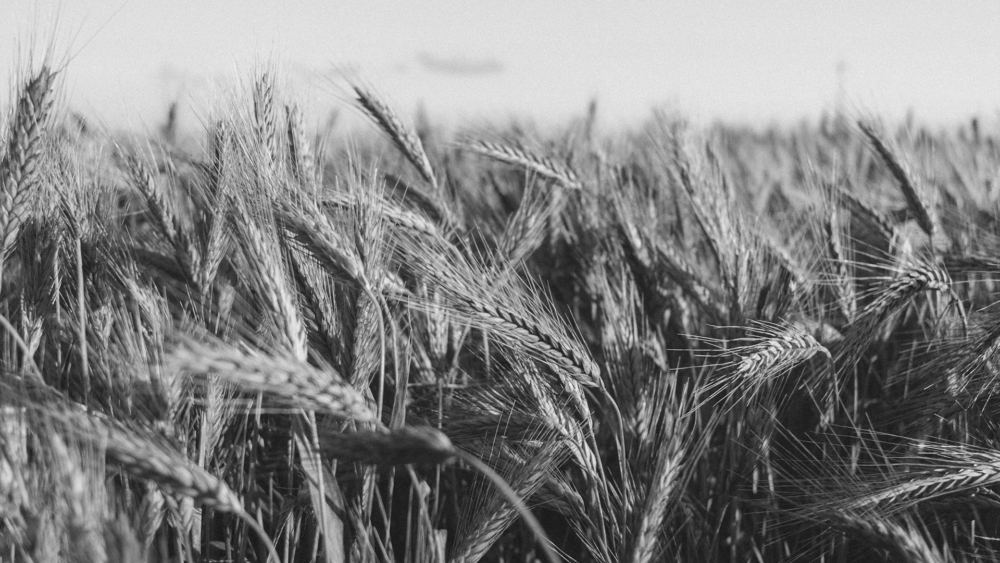The Eucharist is “the source and summit of the Christian life” (Vatican II, Lumen Gentium, Dogmatic Constitution on the Church, paragraph 11), and [as] we contemplate Jesus as the Bread of Life (Jn 6:35,48,51 ), let’s examine the symbols for the Eucharist.
Wheat. Wheat is a cereal grain, its seeds are ground into flour and used as the main ingredient for bread, and Jesus is the Bread of Life. Sometimes wheat is represented by a single head of grain, other times by a shock or sheaf of wheat, a bunch of cut stalks bound together in a bundle.
A Loaf of Bread. Bread is the staple food of physical life, and Eucharistic bread is the staple food of the spiritual life. At the Last Supper, Jesus took a loaf of unleavened bread and said, “Take and eat, this is my body” (Mt 26:26; Mk 14:22; Lk 22:19). The consecrated bread is Jesus himself, the Real Presence of Christ.
A basket of loaves. When Jesus fed the five thousand, he began with a basket of five loaves (Mt 14:17; Mk 6:38; Lk 9:13; Jn 6:9), and when he fed the four thousand he began with a basket of seven (Mt 15:34; Mk 8:6).
Loaves and fishes were both part of Jesus’ Eucharistic miracles (Mt 14:17; 15:34; Mk 6:38; 8:6,7; Lk 9:13; Jn 6:9), and they were part of Jesus’ Eucharistic meal with his disciples after the Resurrection (Jn 21:9).
A Host. A host is a Communion wafer, a round piece of unleavened bread used for consecration and distribution at Mass. The term comes from the Latin word hostia, a sacrificial lamb. Jesus is “the lamb of God who takes away the sins of the world” (Jn 1:29,36), and his body, offered on the altar of the Cross, is given to us from the altar of the Mass.
Grapes and Wine. Grapes are crushed into juice, the liquid fermented into wine, and wine was used by Jesus at the Last Supper to represent his Blood, the blood of the covenant, shed on behalf of many for the forgiveness of sins (Mt 26:28; Mk 14:24; Lk 22:20).
© 2006, Rev. Michael A. Van Sloun
Copyright, 2006, Fr. Michael Van Sloun, The Catholic Spirit, Used with Permission.

